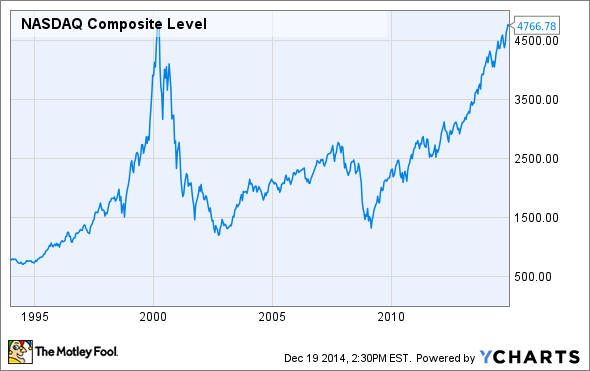How to Read Stock Market Ratings (6 Steps)
Post on: 1 Июнь, 2015 No Comment

Instructions
Review the rating system being used. While many firms still use the traditional Buy, Hold, Sell rating structure, there are many other systems in use as well. These systems may include additional terms like under perform, or they may use letter grades or number rankings instead.
Understand number based ratings according to the rating company’s methodology. For example, the company Zacks ranks stocks from 1 to 5, with 1 being the highest. Zacks Ranks are broken out by percentage. Only 5 percent of rated stocks can be Rank #1. 15 percent can be Rank #2. 60 percent are Rank #3.15 percent are Rank #4. 5 percent are Rank #5.
Tips & Warnings
Resources
More Like This
How to Read & Understand the Stock Market
How to Choose a Stock to Buy
Stock Market Terms & Definitions
You May Also Like
An abnormal rate of return represents the earnings that a stock or portfolio generates over time that is more or less than.
Figuring out whether a stock or fund is worth the investment can be a time-consuming, analytical process. Learning to how to read.
Before you join the fray, here are some key steps to take toward building an understanding of the stock market.
Investors need some way to gauge the risk of buying a bond. While many investors think that bonds are generally safer than.
The global financial markets, especially the credit market, depend heavily on statistical rating organizations. The Big Three credit rating agencies — S&P.
Are you interested in investing in the stock market? Do you need to learn to read stock market quotes to assist in.
An evaluation of stocks by an independent analyst is called a stock rating. Stocks are rated by rating agencies such as Fitch.
Stock market investments provide opportunities for independent wealth and an improved standard of living. As part of your own wealth-creation process, it.
Moody's and Standard & Poor's (commonly known as S&P) are debt rating agencies. They give opinions on how safe different bonds are.
NASDAQ is the largest electronically-based stock exchange in the United States. As of 2011, nearly 3,000 companies were listed with NASDAQ. An.
The main difference between individual and institutional investing is volume. Institutional trades can be large enough to effect the price of a.
The Committee on Uniform Securities Identification Procedures system identifies most securities in U.S. and Canadian companies, according to the Securities and.
The load rating on tires indicates how much weight that tire can hold vertically. This is the amount of weight the tires.














